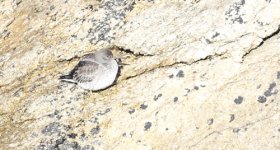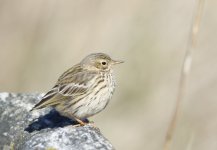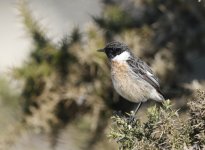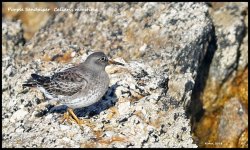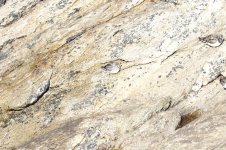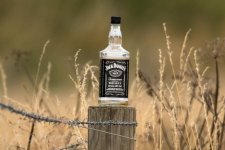Hi, yes I did turn the IS off!! Not a daft question at all, it is the sort of daft thing I would do!!
Micro adjustment for focus??
It could be that it was just luck that your camera and the 400 5.6 were working well together. Mine worked fine with my 400 5.6 out of the box without any adjustment.
When I bought a Sigma 150-600 Sport in 2015 I found that there was a degree of softness and further examination showed that it was back-focusing.
The 7d and 7DII allow this to be calibrated out in the camera (older models needed to be sent off for calibration).
For each lens you have (or lens and TC combo) fit the lens to the camera then go into the menu. On the last page of the AF section (in violet) the bottom item is 'AF Microadjustment'. Make sure this is 'ON'.
Then go out and with your camera preferably on a tripod set the exposure either to Manual and expose with the aperture wide open, or on AV, again with the aperture wide open.
When you click onto the Microadjustment setting it takes you to another screen, which tells you what lens you are using and then allows you to check and set the focus point either forward or backward until it coincides with the focus point in use in the camera.
Press the button 'Adjust by lens' on the second screen (by pressing 'INFO' - the 'set' button just takes you back too the previous screen).
You are then presented with a scale (or two scales in the case of a zoom lens) that allows you to adjust the focus forward or back in increments from minus 20 to plus 20, with the centre setting, zero, being no adjustment.
You can used printed focus scales and such, but for long lenses I find a barbed wire fence and a business card, or some other nice contrasty printed image works best.
The barbed wire is handy because the spaced out barbs lets you know at a glance whether your combo is right, is rear-focusing or front focusing.
Set up near a barbed wire fence with wire on your side and looking along the fence. Pin a business card, or something else flat and contrasty to a fence post about 30m away. Last time I did it I used a Jack Daniel's bottle because it has a flat face and contrasty print.
Then it's just a matter of taking photos, remembering to defocus and refocus before each shot, of the target on each microadjustment setting from -20 to +20, or -10 to +10 (or whatever, it's up to you), then go home and look at the images on your computer.
Pick the one that looks the best, using the barbs on the fence as a guide as well as the crispness of the print and use that setting from then on. The settings are retained by the camera, so if you switch lenses it knows which settings to use for that lens (or TC).
It sounds more complicated than it is. It takes about 20 minutes in the field and ten minutes on the computer to do the job. (I found that +4 was what my Sigma needed)




